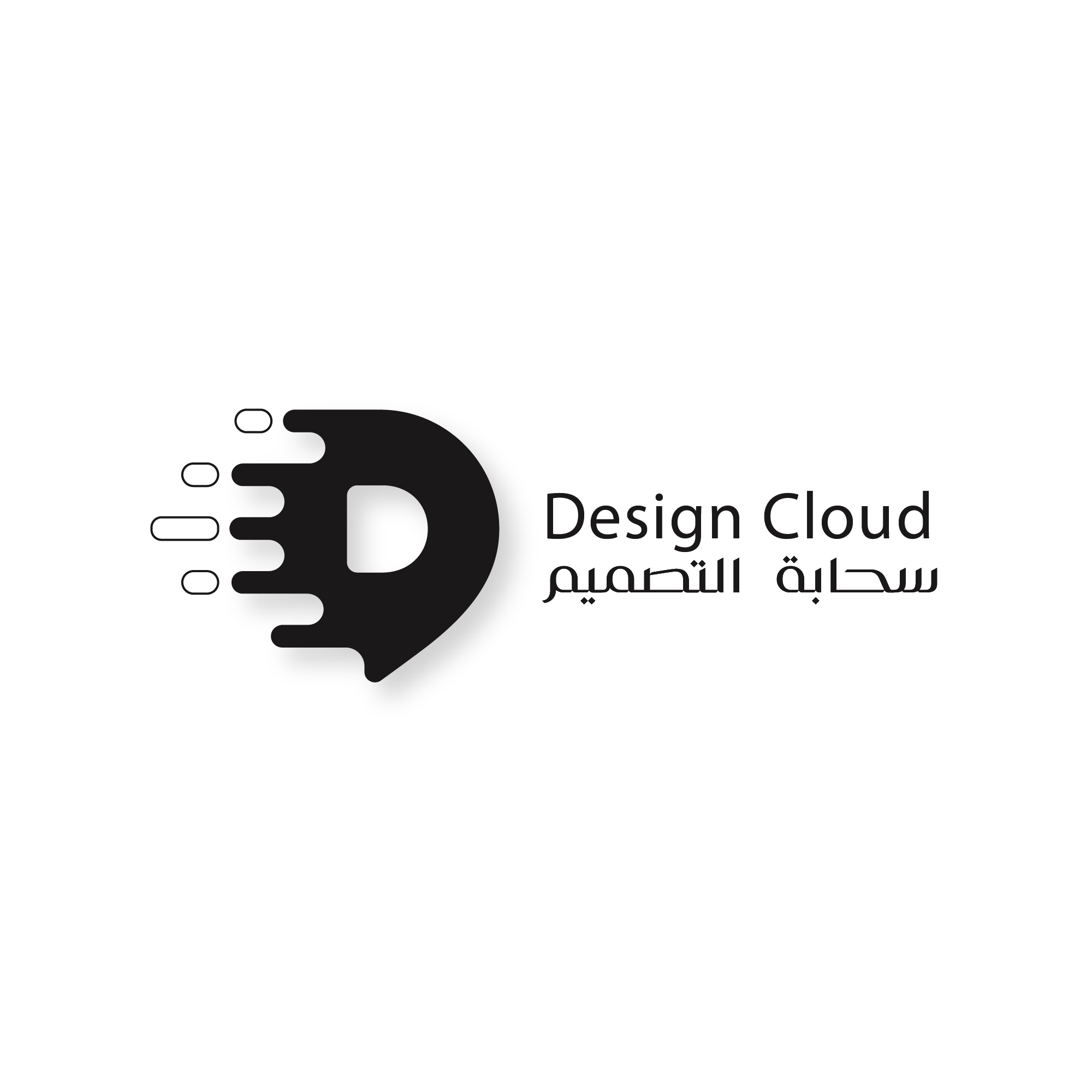Define blockchain technology
- Digital Coins News

- 28 نوفمبر 2021
- 3 دقيقة قراءة
Blockchain technology is a ledger of decentralized data that is securely shared.

Blockchain technology enables a collective group of selected participants to share data. With blockchain technology, transaction data from multiple sources can be collected and shared. The data is divided into common groups that are associated with unique identifiers in the form of cryptographic hashes. Blockchain technology provides data integrity with a single source of truth, eliminating data redundancy and increasing security.
In a blockchain system, fraud and data tampering are prevented because the data cannot be changed without the permission of the quorum of the parties. The blockchain ledger can be shared—but not changed. If someone tries to change the data, all participants will be alerted and they will know who is making the attempt.
Blockchain Technologies
To learn more about blockchain technology, in terms of the underlying technology, and use cases, here are some important definitions.
Decentralized trust: The main reason why organizations use blockchain technology, rather than other data warehouses, is to provide assurance of data integrity without relying on a central body. This is called decentralized trust through trusted data.
Blockchain Blocks: The name of the Blockchain comes from the fact that data is stored in blocks, and each block is connected to the previous block, forming a chain-like structure. With blockchain technology, you can only add (append) new blocks to the blockchain. You cannot modify or delete any block after it has been added to the blockchain.
Consensus Algorithms: Algorithms that enforce the rules within the blockchain system. Once the participating parties set up the blockchain rules, the consensus algorithm ensures that these rules are followed.
Blockchain nodes: Blockchain data blocks are stored on nodes - volumes that keep data synchronized or updated. Any node can quickly determine if a block has changed since the time it was added. When a full new node joins the blockchain, it downloads a copy of all blocks currently on the chain. After the new node is synchronized with the other nodes and the latest version of the blockchain is available, it can receive any new blocks, just like the other nodes.
There are two main types of blockchain nodes.
Full nodes store a complete copy of the blockchain.
Lightweight nodes store only the latest blocks, and older blocks can be requested when users need them.
Types of Blockchain
Public Blockchain: A public, or unauthorized, blockchain is a network in which anyone can participate without restrictions. Most types of cryptocurrencies operate on a public blockchain that is governed by rules or consensus algorithms.
Authorized Blockchain: A private, or authorized, blockchain allows organizations to establish controls over who can access blockchain data. Only users who have been granted permissions can access specific sets of data. Oracle Blockchain Platform is a permissioned blockchain.
The value of blockchain technology in business
The use of blockchain technology is expected to increase significantly over the next few years. This game-changing technology is both innovative and disruptive because blockchain will transform existing business processes efficiently, reliably, and securely in a simplified manner.
Blockchain technology offers specific practical advantages that help companies in the following ways:
Cultivates trust between parties doing business together by providing shared, trusted data
Removes siled data by integrating data into a single system through a shared distributed ledger within a network that can be accessed by authorized parties
Provides a high level of data security
Reduce the need for third-party intermediaries
Creates clear manipulation records in real time that can be shared among all participants
Allows participants to guarantee the authenticity and safety of products placed in the trade stream
Allows goods and services to be seamlessly traceable and traceable across the supply chain
emerging technology
Blockchain is an emerging technology that can work with other technologies, such as artificial intelligence (AI), Internet of Things (IoT), and machine learning to help users achieve important insights from data.
Traditional IT systems are not designed to process the massive amount of data from IoT deployments. The volume, speed, and diversity of data generated by IoT networks can overwhelm enterprise systems or severely limit the ability to make timely decisions in light of reliable data. Blockchain's distributed ledger technology has the potential to address these scalability challenges by improving security and transparency.
What is Hyperledger?
Hyperledger is an open source project initiated by the Linux Foundation to promote global collaboration of blockchain technologies. The main objective of Hyperledger is to develop open source blockchain applications that address enterprise goals in terms of scale, performance, and security. Hyperledger supports a neutral and open community of members who contributed code to develop Hyperledger Fabric, the software used by many organizations as the basis for blockchain projects.
Oracle is a member of Hyperledger and Oracle Blockchain is based on Hyperledger Fabric, taking advantage of open source and maintaining interoperability with core protocols.

